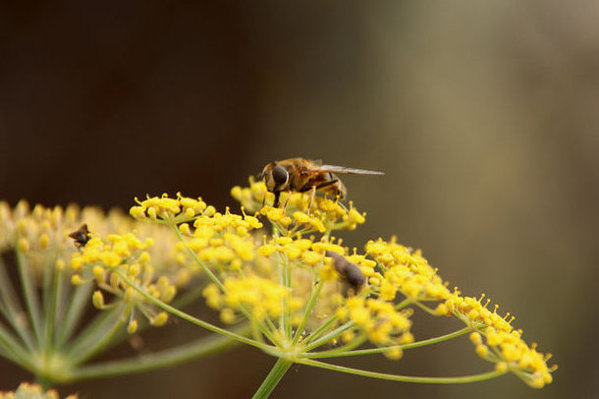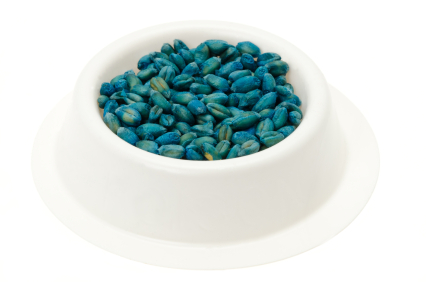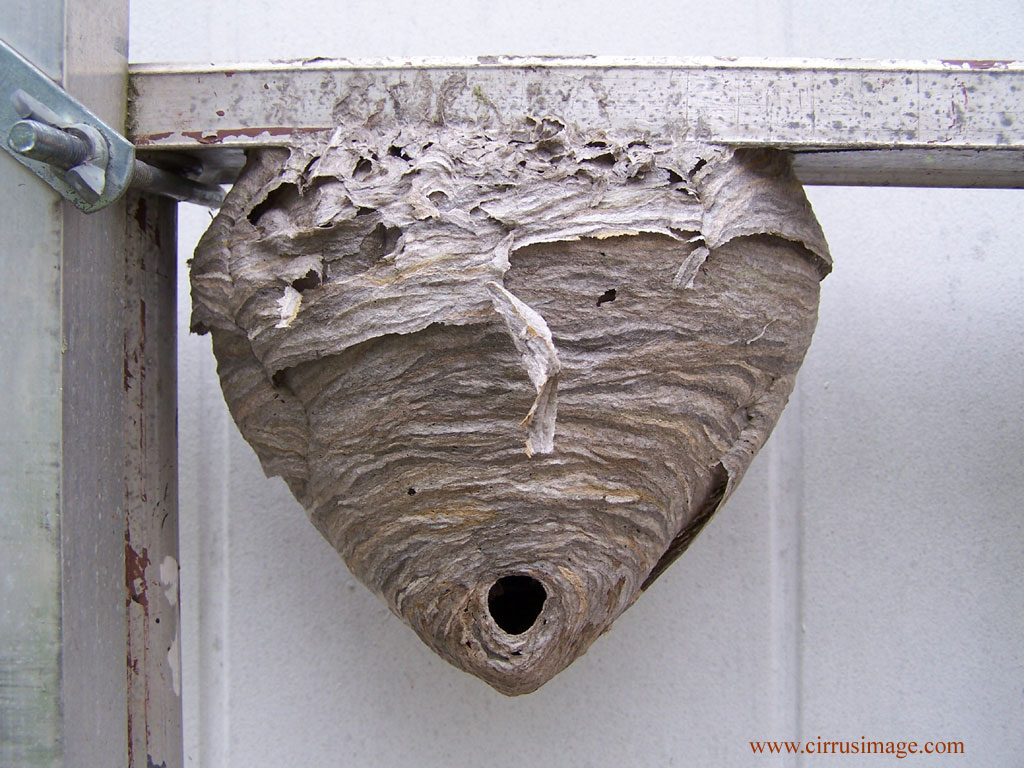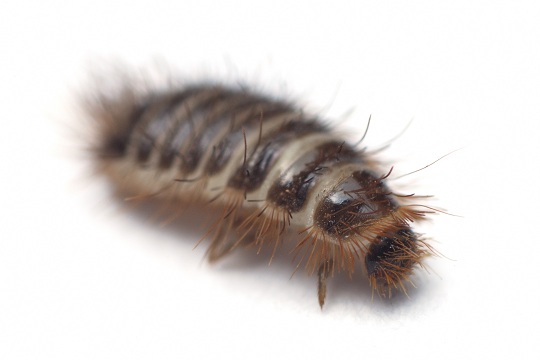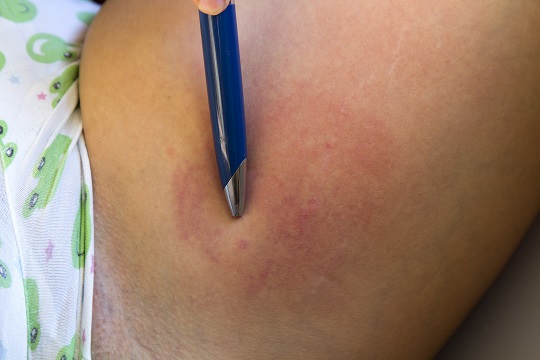If you’ve ever been stung by a wasp, you know that having a wasp’s nest in your yard is a big problem. Wasp removal can be tricky, but knowing the correct strategy for the right type of wasp will help you successfully remove these pests. Learn how to get rid of wasps with the tips we’ve provided for you below.
It is important to distinguish the two types of wasps: solitary and social. The solitary wasp is usually very docile with a very long, thin body and waist. These wasps are not territorial and rarely sting. They are actually considered beneficial in the gardening sense because they prey on garden pests such as aphids and beetles. To remove solitary wasps, simply fill a spray bottle with citrus oil extract. A quick spray will kill these pesky solitary wasps on contact.
Social Wasps
The United States has three common types of social wasps: paper wasps, bald-faced hornets and yellow jackets. Social wasps have nests and are usually the kind of wasp that people want controlled.
– Paper Wasps: These are the most docile of the social wasps and are usually only considered pests in high traffic areas. They build intricate nests, much like the honeycomb, without an outer shell like most bee and wasp nests. To remove paper wasps, purchase a can of pressurized wasp killer and spray the nest in a sweeping motion during the night.
– Bald-Faced Hornets: Hornets are fearsome looking, but are usually not looking for trouble. They live in aerial nests and tend to be less aggressive than yellow jackets. To get rid of hornets, you should also use a can of pressurized wasp killer to spray the nest from a distance during the evening. Bring a flashlight, too, if you’re not certain where the entrance to the nest is.
– Yellow Jackets: Yellow Jacket wasps are extremely territorial and aggressive. Their thick waists and bright yellow patterns easily identify them. The best way to get rid of yellow jackets is to identify the nest and then pump enough poison into the nest to kill all of the wasps in one shot. Obviously, this is easier said than done. To find the nest, you should wait until dusk when all the yellow jackets will be returning to the nest. You can pick out the high amount of flying insect traffic in the evening sun. Once the nest is identified, use a can of non-projectile wasp killer to spray the nest later at night. Spraying the nest at night means there is less of a chance that the wasps will come out to fight.
Before spraying any nests it is a good idea to wear gloves and multiple layers of clothing to avoid stings. Move slowly around the nest because sudden movements can attract attention.
Nest Removal
Once you are sure all the wasps have been killed, you can safely remove the nest. For underground nests, it is probably safe to fill the nest with dirt and gravel. You can knock down the nest if it is aerial. This should end your wasp problem until the next migration cycle.
If you’re consistently experiencing problems with wasps, you should consider hiring a trained professional to eliminate the problem. TalkLocal can connect you to several highly rated pest control professionals in your area within minutes. Simply give us a brief description of your service needs along with your contact information and times available, and TalkLocal will do the rest.

